The essential guide to clavicle fracture
Contents
1# How to understand if your clavicle is broken
2# What to do and not to do with a broken clavicle
3# What are the main areas where a clavicle fracture occurs
4# How the clavicle fracture mechanism occurs and how to avoid a future injury
5# What complications can arise after a clavicle fracture
6# What are the most used therapies for clavicle fractures
7# How long does it take to heal a broken clavicle
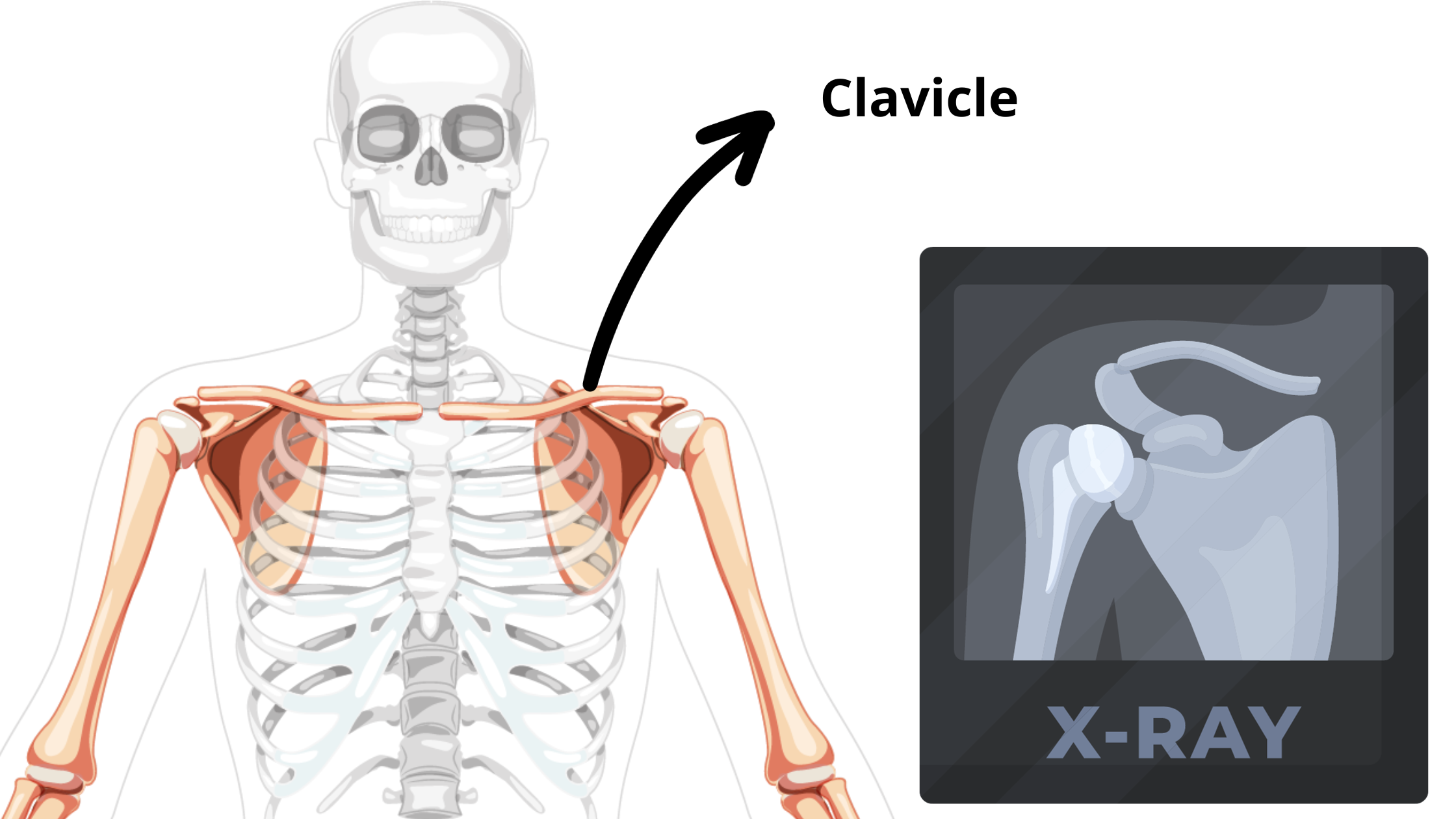
1# How to understand if your clavicle is broken
The first symptoms you may perceive at the time of the trauma are:
- Strong pain;
- Swelling;
- Deformity and inability to raise the shoulder.
Rarely, pseudo-paralysis of the affected arm may also occur.
In displaced clavicle fractures, the proximal fracture fragment (the closest to the neck) moves superiorly, becoming visible and palpable.
The lateral fragment, however, tends to fall due to the weight of the arm and the traction of the pectoralis major muscle.
Special care should be taken in children, because the fracture fragment is not always visible.
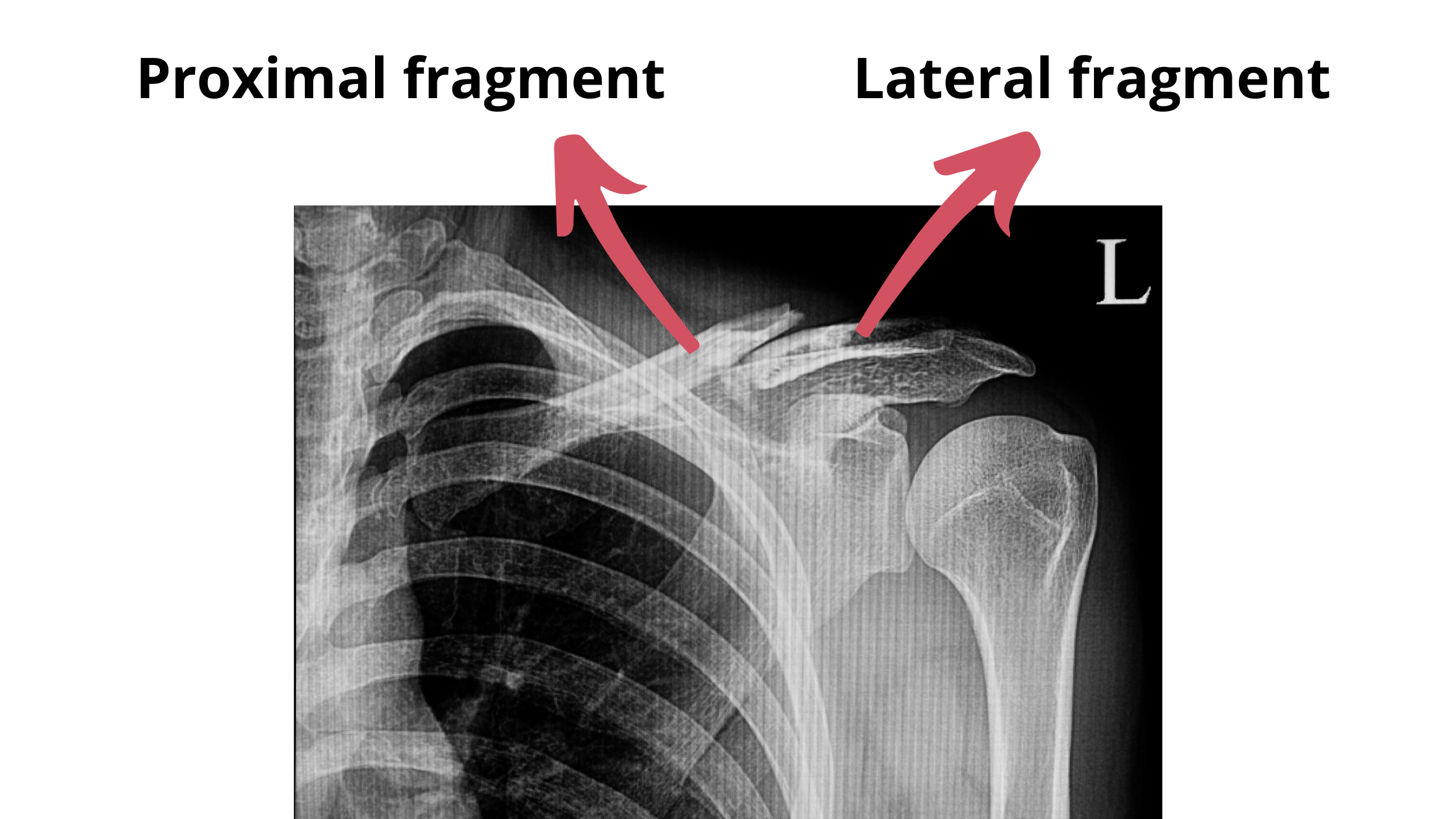
In displaced clavicle fractures, in particular, a specific position defined as “defense” is assumed, in which the hand of the contralateral (opposite) arm supports the elbow of the damaged limb, and the head tends to tilt towards the fractured area, causing the muscular structures that act on the clavicle to reduce its functionality.
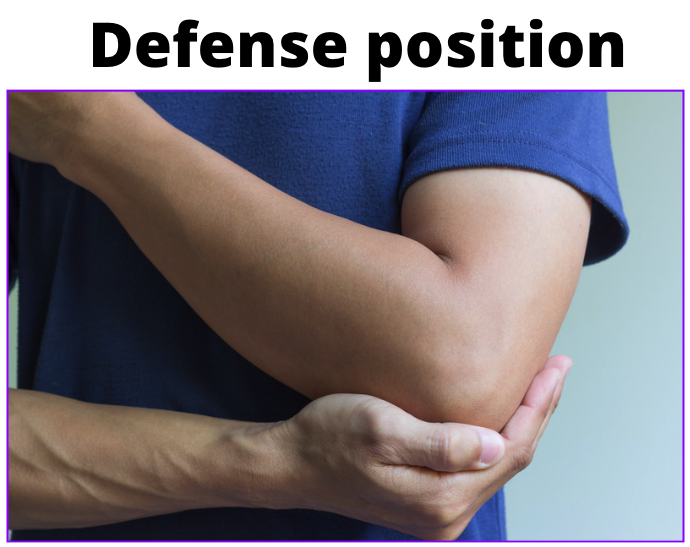
The body tends to assume this position automatically, to avoid a greater breakdown of bone fragments, which could cause greater injuries, as well as an increase in perceived pain.
2# What to do and not to do with a broken clavicle
- In the immediate moment of the trauma, avoid any movement that could lead to further complications;
- While waiting for medical help, try to support your arm with the opposite hand and with a support bandage;
- In case of exposure of the fracture, dress the wound with extreme care, with only sterile material, and keeping the tissues clean, until help arrives.
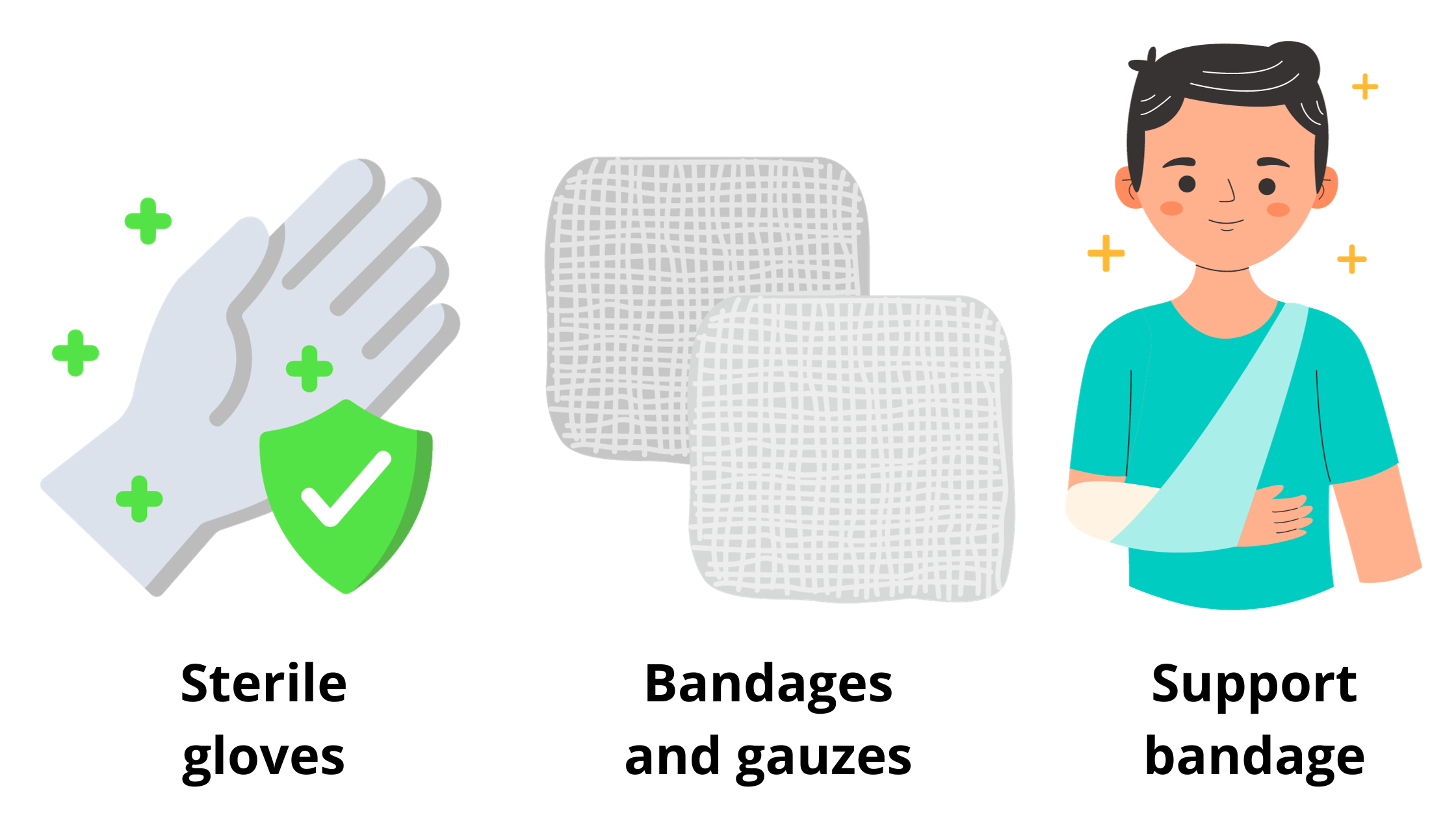
3# What are the main areas where a clavicle fracture occurs
- The highest percentage of clavicle fracture occurs at the junction of the middle third (85%);
- A very small percentage at the proximal end of the clavicle (5%);
- Distal end fracture is rare (10%).
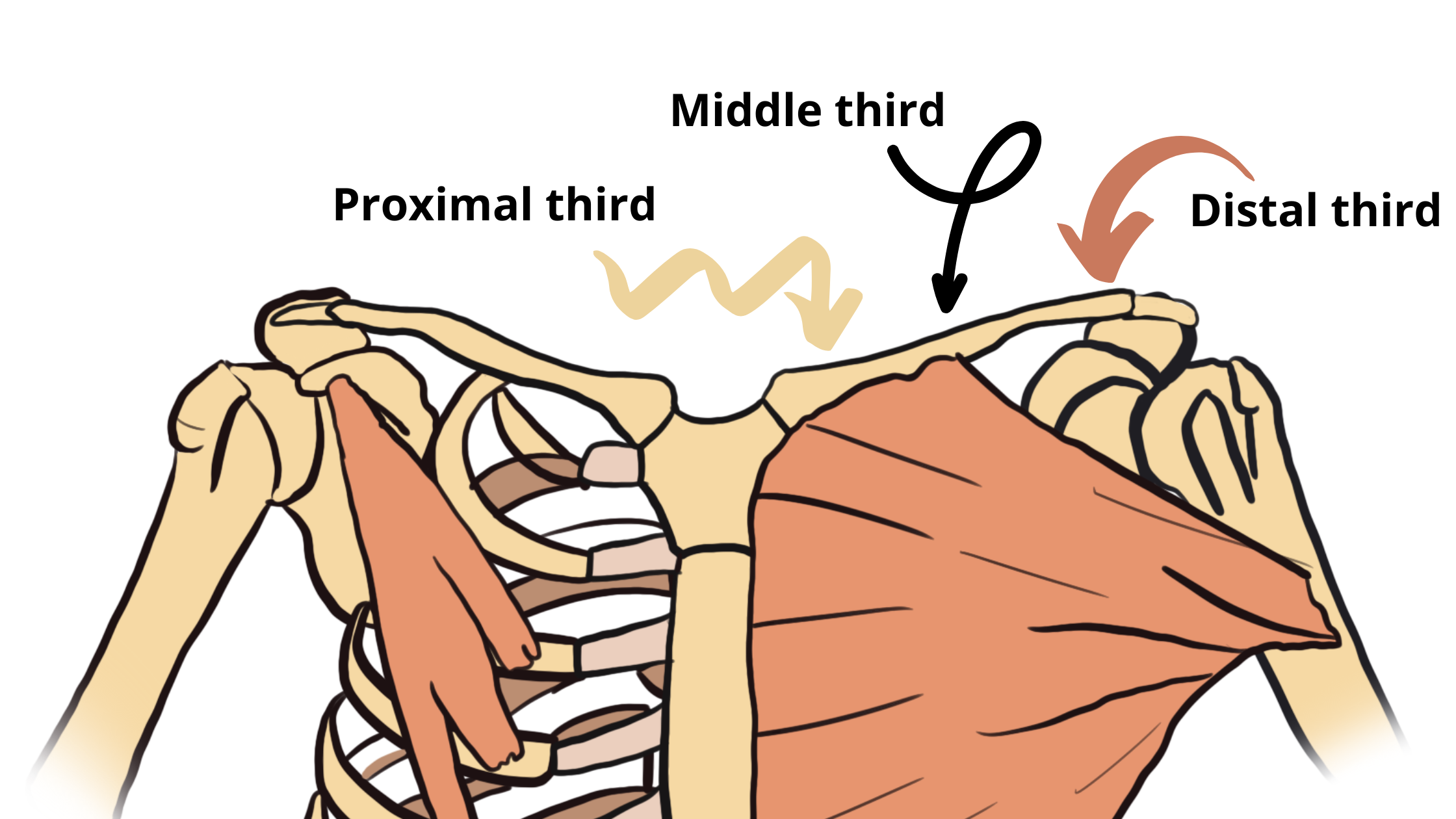
4# How the clavicle fracture mechanism occurs and how to avoid a future injury
A direct blow to the shoulder is the most commonly documented mechanism of injury producing a clavicle fracture.
This can occur in several ways, including:
- Falling from a moving vehicle or bicycle;
- Sports injuries;
- Due to a car/motorcycle accident;
- Falling from a height, as in skiing and snowboarding.
They represent approximately 2.6% of all bone fractures (1).
5# What complications can arise after a clavicle fracture
Immediate complications:
They are rare, but they can also be very serious, such as lung and pleural lesions (the layer that lines the lungs).
Late complications:
- Pseudarthrosis;
- Vicious consolidations (visible due to a swelling on the clavicle, due to excessive formation of bone callus);
- Vascular and nervous compressions (both structures pass behind the clavicle; furthermore, the bone morphology can change following a fracture, and skeletal malconsolidation could be “inconvenienced” by
- Compressing the bundle of nerves of the brachial plexus and the subclavian vein which, starting from the neck, reaches the ends of the upper limbs).

6# What are the most used therapies for clavicle fractures
Conservative treatment:
- In children (and newborns) bone healing is spontaneous.
- Cuff and collar harness for non-displaced clavicle fractures;
- The figure-8 bandage is commonly used and works by retracting the shoulder girdle, minimizing overlap and allowing for more anatomical healing.
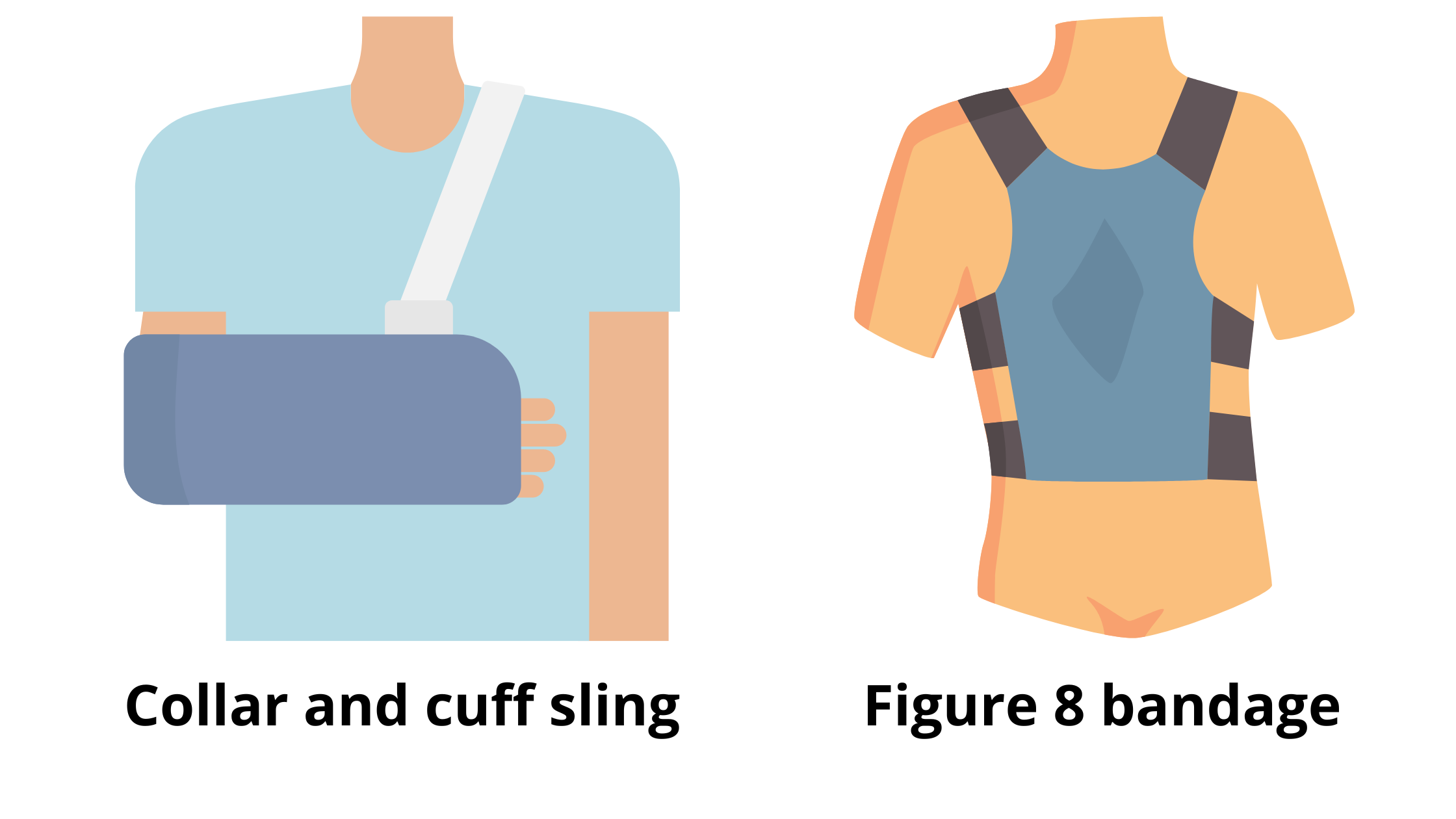
Surgical treatment:
The clavicle must be operated in case of displacements and exposure of fractures and consists of open reduction and operation via rigid internal fixation.
Common methods of internal fixation are:
- Intramedullary fixation with Kirschner wires;
- Rigid plate and screw fixation with semitubular or pelvic AO reconstruction plate.
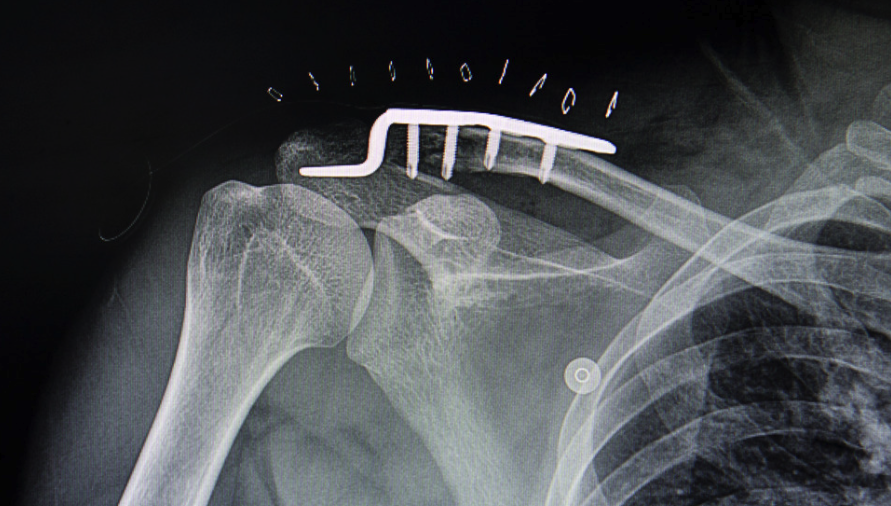
7# How long does it take to heal a broken clavicle
Recovery and bone healing times depend on multiple subjective factors including:
- The age;
- Bone and metabolic pathologies;
Typically in adults, a clavicle fracture heals spontaneously within 10 weeks.
In children, healing times are shorter, from 3 to 4 weeks.
In adolescents, however, fractures resolve in 6-8 weeks.

